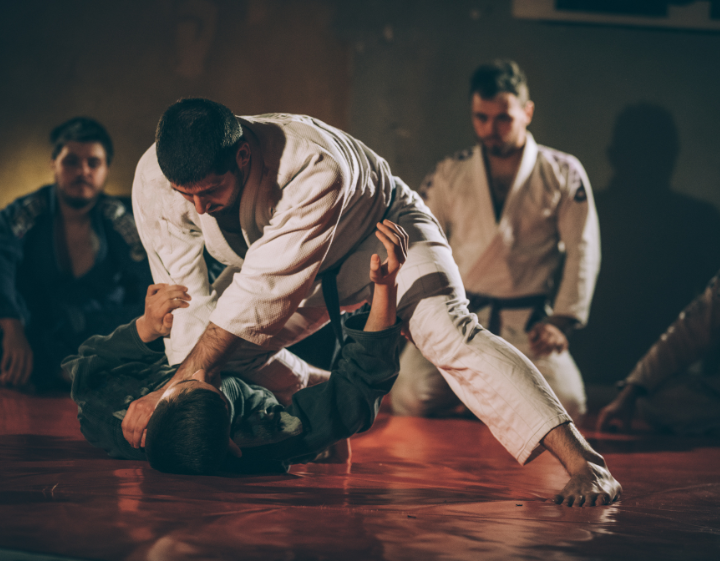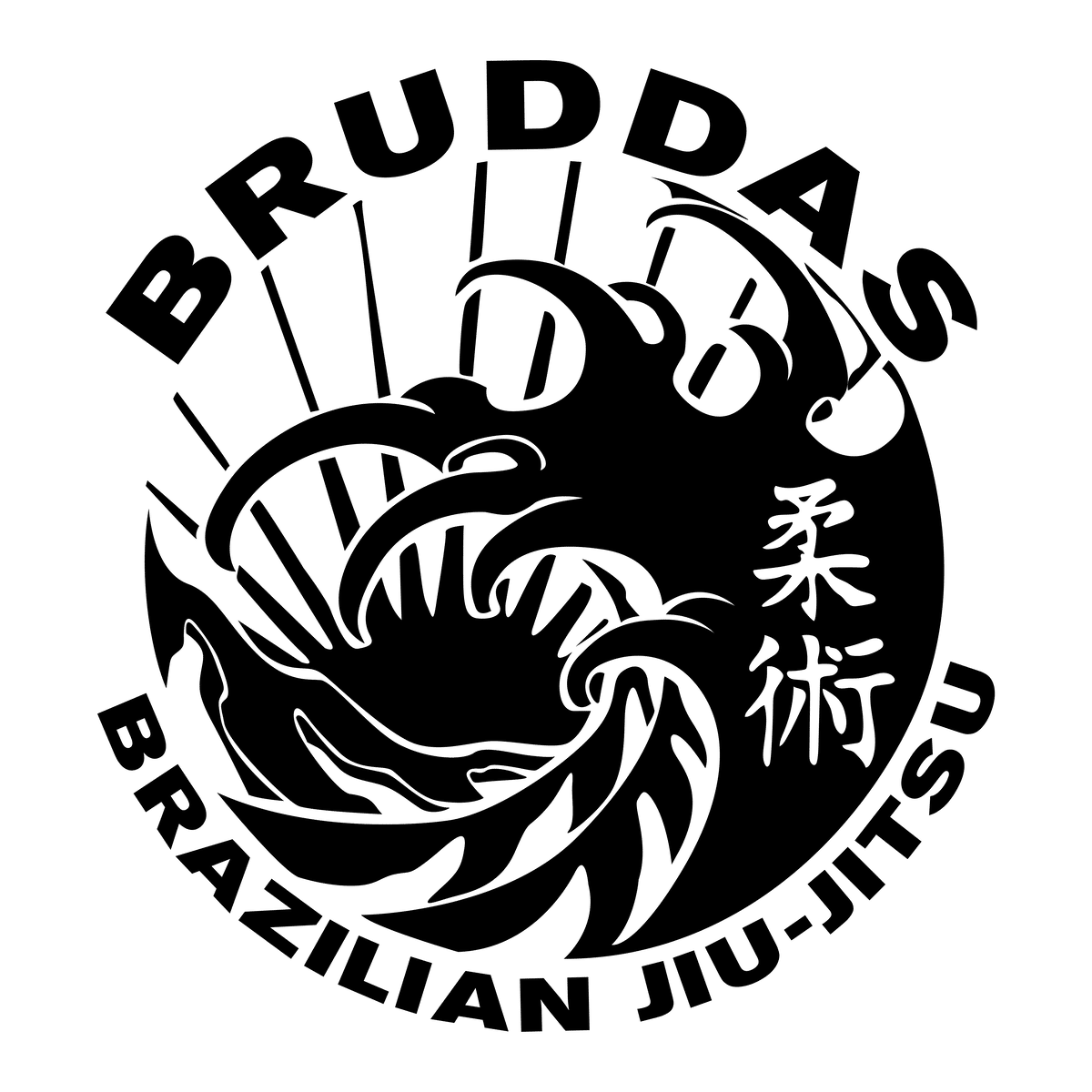

The Role of Martial Arts in Modern Self-Defense
Introduction
Martial arts, often associated with sport and fitness, extend far beyond these realms, encompassing a rich history and deep-rooted significance in self-defense. In modern society, the relevance of martial arts in ensuring personal safety has become increasingly apparent. With the rise in global urban crime rates and heightened personal safety concerns, individuals are seeking methods to protect themselves and their loved ones more than ever before.
While self-defense may not be the sole purpose of martial arts, it remains a fundamental aspect that has captivated the interest of many. Traditional martial arts techniques, developed over centuries, have been adapted and refined to meet the specific needs and challenges of contemporary self-defense. These adaptations have enriched the understanding and appreciation of martial arts in modern society, highlighting their effectiveness in real-world situations.
By exploring the transformation of traditional martial arts techniques within the realm of self-defense, individuals can gain valuable insight into the practical applications and benefits of these ancient practices. Beyond sport and fitness, martial arts serve as a powerful tool for personal empowerment, enabling individuals to confidently navigate the complexities of today’s world. As we delve into the adaptation of traditional martial arts, a deeper understanding of their essential role in contemporary self-defense emerges.

Historical Perspective
Traditional martial arts have deep roots in combat and were originally developed as effective self-defense systems in ancient times. These techniques were born out of the necessity to protect oneself and one’s community from physical threats. Martial arts such as karate, kung fu, and taekwondo, among others, have a rich history that traces back centuries. These ancient martial arts were primarily used by warriors and soldiers who had to face real-life combat situations. They prioritized practicality and efficiency, focusing on techniques that could potentially save lives. Techniques such as strikes, blocks, throws, and joint locks were refined and passed down through generations to ensure continued effectiveness in self-defense scenarios. However, as societies evolved, with advancements in technology, changes in laws, and a shift towards peaceful coexistence, martial arts also underwent significant transformations. In order to adapt to the modern needs and realities, martial arts systems have incorporated elements of sportsmanship, physical fitness, and mental discipline. Many martial arts schools now emphasize character development, personal growth, and the promotion of non-violence.
Today, traditional martial arts continue to be practiced around the world. While they have undoubtedly evolved over time, their historical perspective reminds us of the importance of self-defense and the cultural heritage that gave birth to these systems. Through their adaptation, these martial arts retain their relevance, providing individuals with effective self-defense techniques and fostering discipline, physical fitness, and personal growth in a contemporary context.
Overview of Martial Arts Used in Self-Defense
Traditional martial arts have a long history of being used for self-defense purposes. However, with the changing nature of conflicts and self-defense needs in modern society, these martial arts techniques have adapted to meet contemporary demands. This article provides an overview of some popular martial arts used in self-defense today.
Krav Maga, originating from military combat techniques, is known for its focus on real-world situations and extreme efficiency. It emphasizes defending against common attacks and is designed to neutralize threats quickly and decisively.
Brazilian Jiu-Jitsu, on the other hand, emphasizes its effectiveness in close combat, particularly in controlling an opponent on the ground. It utilizes techniques such as joint locks and chokeholds to immobilize and subdue opponents, even if they are physically stronger.
Muay Thai, also known as the “Art of Eight Limbs,” is highly effective for striking and clinching techniques. It utilizes fists, elbows, knees, and shins to deliver powerful strikes, making it a formidable martial art for self-defense situations.
Aikido takes a different approach, focusing on using an attacker’s energy against them. It emphasizes redirecting and immobilizing an opponent, rather than engaging in aggressive confrontations. This makes it suitable for individuals who prefer non-aggressive responses in self-defense situations.
These martial arts have been adapted to modern self-defense needs, enriching our understanding and appreciation of martial arts in contemporary society. Each art offers unique strategies and techniques, catering to individuals with different preferences and circumstances. Their evolution showcases the ongoing process of martial arts development and their relevance in ensuring personal safety and well-being.
Key Benefits of Martial Arts Training for Self-Defense
One of the key benefits of martial arts training for self-defense is the improvement of physical fitness. Traditional martial arts techniques emphasize the development of strength, flexibility, and endurance, which are crucial in a defensive scenario. By regularly training in martial arts, individuals can enhance their overall physical preparedness, ensuring that they are capable of defending themselves effectively. In addition to physical fitness, martial arts training also provides important mental benefits. Martial artists are taught to develop situational awareness, which involves being alert and attentive to one’s surroundings. This mental acuity allows practitioners to accurately assess potential threats and react accordingly. By sharpening their mental awareness, individuals can better protect themselves and avoid dangerous situations. Emotional control is another significant benefit of martial arts training for self-defense. High-stress situations can trigger fear and panic, which can hinder effective self-defense. Through martial arts training, individuals learn to maintain a sense of calmness and control even in the face of adversity. This emotional control allows them to think clearly and react appropriately, improving their chances of successfully defending themselves.
Overall, martial arts training offers a comprehensive approach to self-defense, equipping individuals with the physical, mental, and emotional tools necessary for effective protection. By incorporating these key elements into their training, individuals can enhance their understanding and appreciation of martial arts in modern society while also increasing their ability to defend themselves in real-world situations.
Modern Self-Defense Scenarios
In today’s society, traditional martial arts techniques have evolved to adapt to various modern self-defense scenarios. This article provides an overview of how these techniques have been modified to meet contemporary needs, emphasizing strategies for urban environments, home defense, and defense against armed assaults.
In crowded city settings, where the risk of muggings or public assaults is higher, traditional martial arts have been adapted to address these specific challenges. Techniques such as situational awareness, quick strikes, and practical self-defense moves have become key components in defending oneself against unexpected attacks. Additionally, urban self-defense training emphasizes de-escalation techniques and escape strategies to avoid confrontation whenever possible. When it comes to home defense, traditional martial arts techniques offer practical solutions for protecting one’s home and dealing with break-ins. These techniques focus on maintaining a secure environment, including securing doors and windows, building resilience, and applying self-defense skills that are effective in closed spaces. Training in close-quarter combat and improvised weapon use can empower individuals to defend their homes and loved ones effectively. Defense against armed assaults, particularly knife attacks or other weapons, has also been a crucial aspect of modern self-defense training. Traditional martial arts have incorporated techniques for disarming assailants, blocking and redirecting weapon attacks, and controlling the situation until help arrives. Such techniques aim to minimize harm while maximizing the defender’s chances of survival.
Traditional martial arts have evolved to stay relevant in modern society through the adaptation of techniques for various self-defense scenarios. By addressing the challenges of urban environments, home defense, and armed assaults, these techniques provide individuals with the knowledge and skills necessary to protect themselves and others in today’s world.
Training and Application
Regular practice is crucial for maintaining proficiency in traditional martial arts techniques and response times. Consistent training allows practitioners to develop muscle memory, which enables them to react instinctively and effectively in self-defense situations. Devoting time to regular training sessions also helps martial artists improve their physical fitness, flexibility, and overall body conditioning.
However, training solely in controlled environments may not fully prepare individuals for real-life encounters. Scenario-based training plays a vital role in bridging the gap between training and application. By simulating various unexpected situations, practitioners learn to adapt their techniques to different scenarios, enhancing their ability to react appropriately in high-stress situations. This type of training helps individuals develop situational awareness, quick decision-making skills, and the confidence to handle real-life self-defense situations.
It is essential to understand the legal implications of using martial arts techniques for self-defense. While martial arts can be an effective means of protecting oneself, the law varies across jurisdictions. Knowledge of self-defense laws and the appropriate use of force is crucial to avoid legal repercussions. Additionally, training should also focus on de-escalation techniques and conflict resolution to promote non-violent resolutions whenever possible.
In today’s society, traditional martial arts techniques have been adapted and refined to meet contemporary self-defense needs. Through regular practice, scenario-based training, and understanding legal considerations, individuals can effectively use martial arts for self-defense while ensuring their own safety and abiding by the law. This evolution of martial arts continues to enrich and contribute to modern society.
Challenges and Misconceptions
One of the biggest challenges in martial arts for self-defense is addressing common misconceptions surrounding its effectiveness in real situations. Many people see martial arts as flashy and cinematic, leading them to believe that practitioners possess superhuman abilities to fend off any attacker. However, the truth is that real-life defense scenarios are unpredictable and often involve multiple attackers or weapons. It is crucial to dispel the belief that martial arts can guarantee success in every confrontation.
Another challenge is the danger of overestimating one’s capabilities, which can arise from extensive martial arts training. While martial arts techniques can certainly enhance self-defense skills, it is essential to recognize that actual fights are chaotic and adrenaline-fueled. Even the most skilled martial artists can make mistakes or become overwhelmed in such situations. It is vital for practitioners to remain humble and practice realistic scenarios to avoid developing a false sense of invincibility.
To overcome these challenges and misconceptions, martial arts instructors and practitioners must emphasize the importance of adaptability, mental preparedness, and continuous training. Effective self-defense is not solely reliant on physical techniques, but also on situational awareness, de-escalation skills, and the ability to assess risks. By promoting a holistic approach to self-defense, individuals can develop a well-rounded skill set that maximizes their chances of survival in real-life scenarios.
Conclusion
Integrating traditional martial arts techniques into modern self-defense strategies is of great importance in today’s society. By doing so, individuals can benefit from both the physical and psychological advantages that martial arts training provides.
On a physical level, martial arts training enhances strength, flexibility, and overall fitness, which are crucial aspects of self-defense. Moreover, techniques such as strikes, blocks, and grappling can be adapted and applied effectively in real-life situations, helping individuals to defend themselves effectively. Furthermore, martial arts training offers numerous psychological benefits. It promotes discipline, self-control, and focus, which are valuable skills for self-defense situations. By practicing martial arts, individuals learn to remain calm and composed under pressure, making them less vulnerable to potential threats. Additionally, martial arts can instill a sense of confidence and empowerment. Through training and mastering various techniques, individuals gain a belief in their abilities to protect themselves and cope with challenging situations. This enhanced self-confidence can have a positive impact on all aspects of life, not just self-defense.
Overall, integrating martial arts into contemporary self-defense strategies offers a holistic approach to personal safety and well-being. It equips individuals with the skills and mindset necessary to handle potential threats effectively while promoting physical fitness, discipline, and self-confidence. Embracing and appreciating the richness of martial arts in modern society is essential for individuals seeking comprehensive self-defense strategies.
Advertisements
Granite Bay Jiu Jitsu
RELATED POSTS










